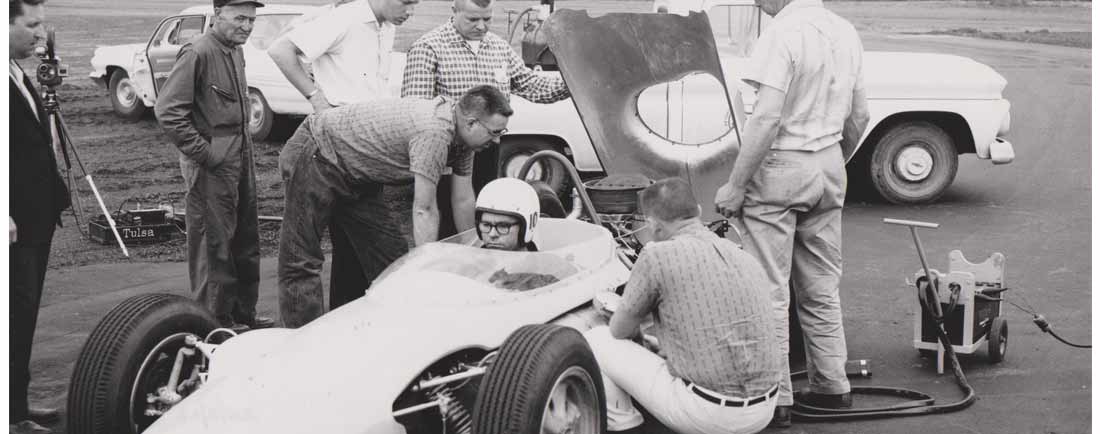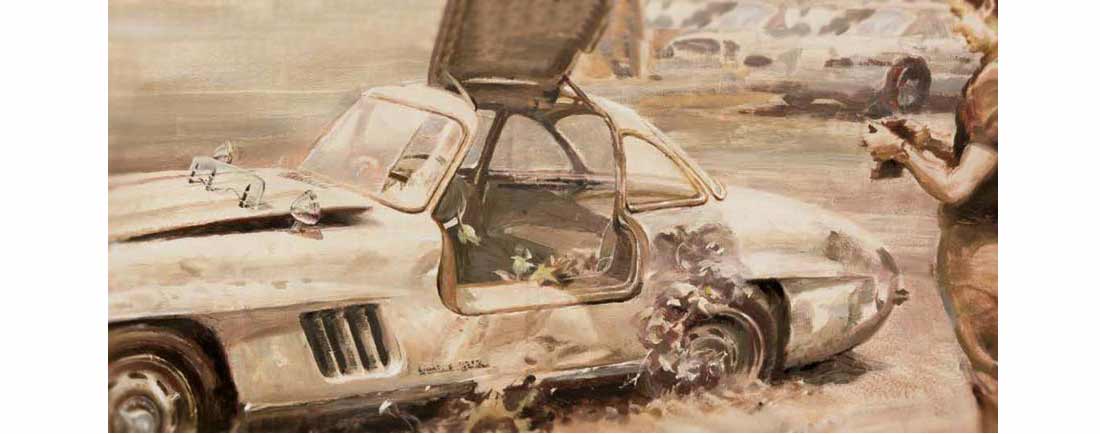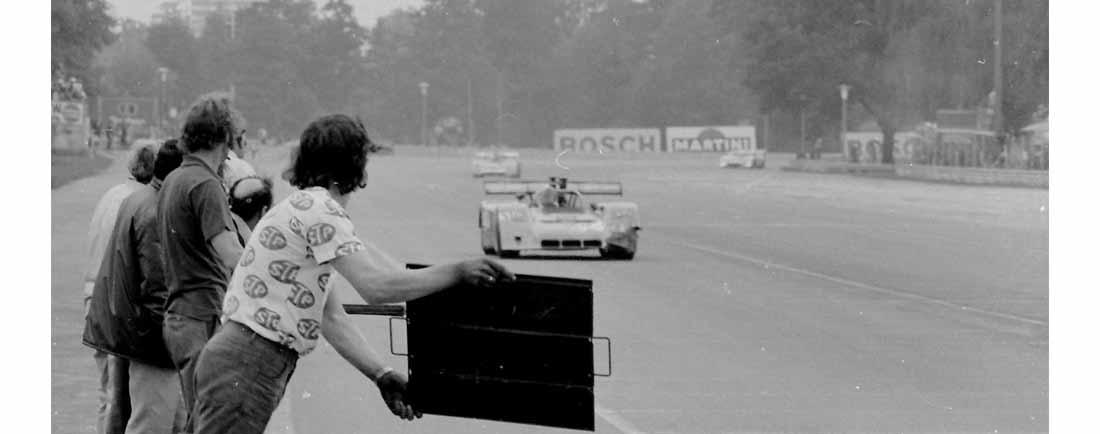
The turbine-powered IndyCar you’ve never heard of
The 1960s witnessed a seismic shift in how IndyCars were designed. The front-engined Roadsters were on borrowed time the moment Jack Brabham and the Cooper Car Company rocked up for the 1961 running of the Indianapolis 500. ‘Black Jack’ prompted jaws to slacken with his pace despite a serious horsepower deficit. Mid-/rear-sited engines were clearly the future, even if several regulars at The Brickyard were slow to comprehend which way the wind was blowing. Not only that, it wasn’t just the positioning of engines that was undergoing a transformative period. For much of the decade, it appeared as though piston-power was about to be usurped by gas turbines. The car pictured here led the charge.
It’s just that few noticed. Strictly speaking, such methods of motive power were nothing new as a gas turbine-engined Kurtis Kraft-based offering dubbed SAC Fire Boid (yes, really…) was used for demonstration purposes as far back as 1955. What’s more, it had the support of USAF General Curtis ‘Bombs Away’ LeMay (himself a sometime Allard racer) as it was used as a rolling billboard to promote high-tech careers in the Strategic Air Command. It was later employed by Firestone for testing purposes. Three years later, the Boeing Aircraft Company approached Frank Kurtis to design a racing car with a turbine engine at the rear, but plans came to naught.
Then came the car pictured here. For 1962, the winning entrant from the 1955 and ’56 running of the Indy 500, John Zink, teamed up with Boeing for another stab. This time, a car was actually constructed: a rear-engined and turbine-powered device conjured by Zink’s chief mechanic, Denny Moore. As with all of Zink’s cars, it was dubbed ‘Trackburner’. In the run up to the 1963 Indy 500, the car was tested at Zink’s private 5/8-mile circuit, only to crash first time out. Following this inauspicious debut, this brave new world was rebuilt and transported to Indianapolis where it was to be driven in the race by Dan Gurney.
Contrary to several press reports from the period, ‘Handsome Dan’ was no mere newbie. He may have lacked experience in the great race, but he had already claimed honours in Formula One. Nevertheless, Gurney was obliged to undergo a Rookie Test in a front-engined Roadster and, having passed with flying colours, he set about qualifying the latest strain of Trackburner. The car proved painfully slow thanks in no small part to horrendous throttle lag. He decided to race Mickey Thompson’s controversial Buick V8-engined ‘Funny Car’ instead.
Veteran charger Duane Carter was then given the task of making the cut in the Trackburner, but the 49-year-old couldn’t find the necessary pace. He ended up driving a front-engined Roadster in the race. A third driver, Bill Cheesbourg, then had a stab, but he couldn’t get it up to speed, either. Zink then threw in the towel. It was left to other turbine-equipped single-seaters to prove the concept in future years, even if none ever claimed honours in the Indy 500.
Books by Richard Heseltine
Click on the following link for more blogs by Richard






Leave a comment
This site is protected by hCaptcha and the hCaptcha Privacy Policy and Terms of Service apply.